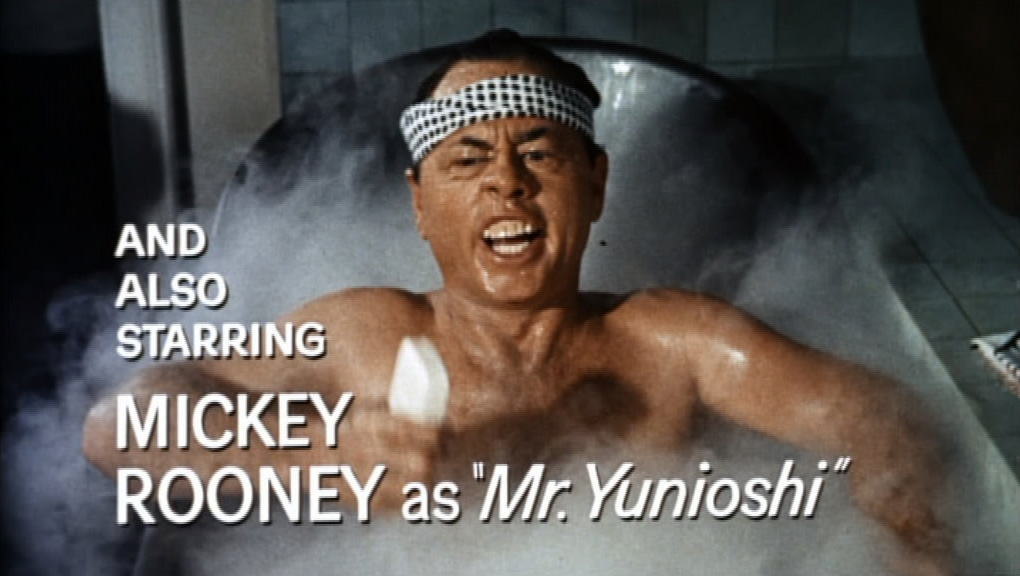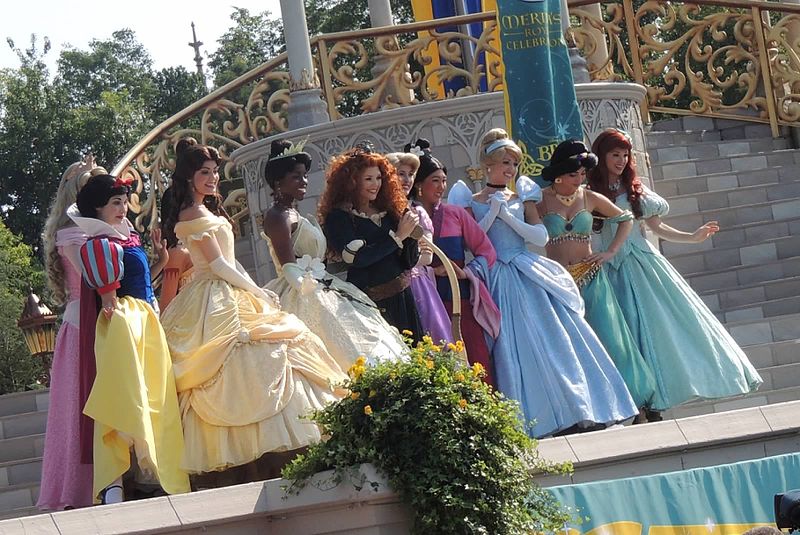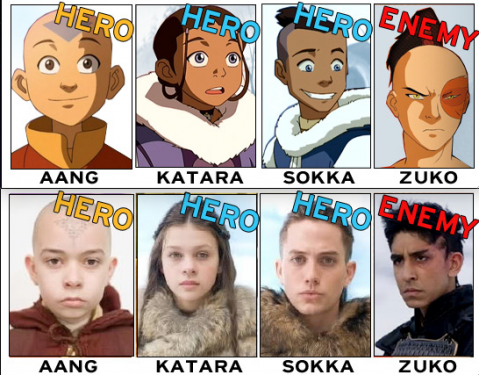Last Wednesday, Disney released a video about its upcoming film Moana. Along with the video, Disney also announced who was cast as the lead character in the film.
And guess what? Moana is a Native Hawaiian princess… who will be played by an actual Native Hawaiian girl, 14-year old Auli’i Cravalho.
While the decision is hardly innovative (letting people of color play people of color? How revolutionary!), it’s a big deal. Given the underrepresentation as well as the misrepresentation of people of color, Disney’s latest move is an important milestone in not only the company’s history, but also in that of film and TV.
Here are five simple reasons why casting decisions like Disney’s Moana are much needed:
1. Recurring media representations of any given group of people over time will affect the way we perceive those people.

For example, according to shows like Baywatch or even Spongebob Squarepants, we may believe that lifeguards have the luxurious task of strutting around all day, basking in the sun while folks swoon over them. In reality, lifeguards sit in a chair 4-5 hours a day until disaster strikes. Luxurious? Probably not.
A more serious example is the common stereotyping of Asians in the media – see O-Ren Ishii in Kill Bill as the Dragon Lady and Christina Yang in Grey’s Anatomy as the model minority.
2. Withholding the right to self-representation has historically been a form of oppression in the media, especially for people of color.

Case and point: the long history of yellow face in Hollywood. Asian actors were actually restricted from playing major roles even if the character was of Asian descent in order to secure jobs for white actors.
Although there are certainly fewer instances of this intentional oppression today, we’re still tackling the acceptability of white actors playing people of color. When non-white cultural narratives are already so hard to come by, these opportunities that do exist shouldn’t be denied to actors and actresses of color.
That being said: thank you, Disney, for recognizing this truth by conducting an open casting call to find the next Moana.
3. Disney princesses are role models for many young girls – and not every girl looks like Snow White.

The Disney Princess effect suggests that many young girls model themselves and their actions after princesses they see in Disney movies. So what happens if a girl of color notices that barely any of the princesses look like her? She’ll likely aspire to look and become more like her role model – who will most likely be white.
The residual (and subconscious) effects of privileging whiteness in the media are dangerous. For example, they lead us to believe fair skin is more valuable than darker skin.
4. More stories need to be told.

Remember Viola Davis’s epic Emmy speech from a few weeks ago? If not, let us refresh your memory: Davis said, “You cannot win an Emmy for roles that are simply not there.” Davis’ words perfectly encapsulated the sentiments behind a conspicuous statistic: despite the diverse cultural demography of the United States, the majority of film directors, writers and actors in Hollywood are white and male.
A note to media makers and creators everywhere: Culture is complex. In order to be accurately portrayed, it needs to be represented by someone with the lived experience of being from that culture. The actress or actor thus will feel more accountable for the intentionality behind his or her character’s portrayal. Otherwise, the portrayal is susceptible to simplification – or stereotyping, which does nobody any good.
5. Because of the reasons above, it doesn’t matter if a character is animated or not – it’s still representation.

Looking at you, M. Night Shyamalan. When accused of whitewashing in his film The Last Airbender, Shyamalan defended himself by saying, “The great thing about anime is that it’s ambiguous.” Never mind the fact that, as per Shyamalan’s casting choices, Dev Patel plays the film’s villain Zuko and just so happens to be the only brown person in the entire film.
But that doesn’t mean that narratives of people of color should be exploited through faulty representation. Disney has been so guilty of this (see Pocahantas, Mulan, Aladdin and The Princess and the Frog) but they’ve proven they can do better and we have our fingers crossed with Moana.
Featured Image Credit: Disney